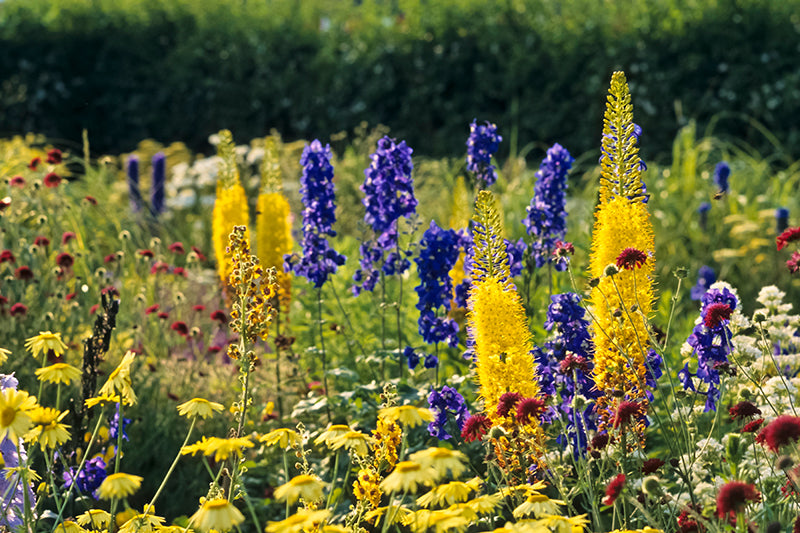
Support and support perennials
Even though our goal is a bed with the lowest possible maintenance and a permanently self-regulating plant splendor, tall perennials in particular often need some support.
Continue reading
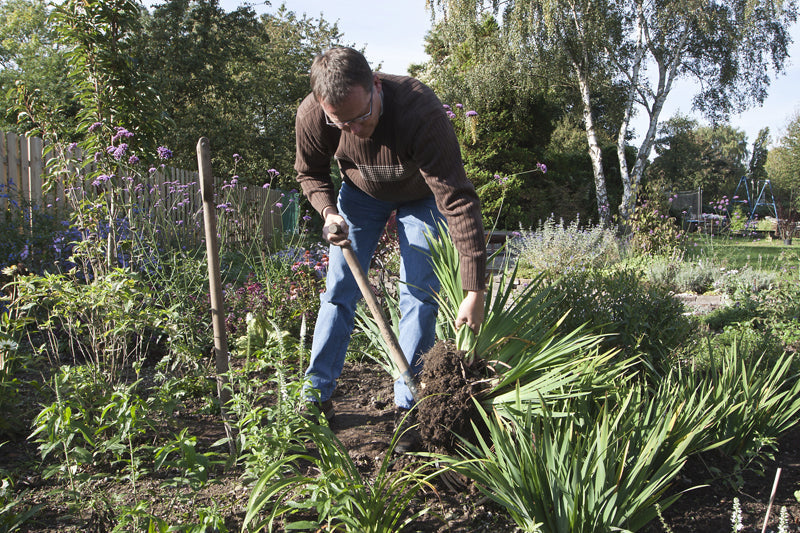
Happiness should be shared – perennials too!
What a spa day is for us humans, division is for most perennials. They emerge from this process rejuvenated and strengthened. "Many perennials should be divided at regular intervals," recommends Martin Becker, a perennial gardener from Dinslaken. The benefits of this effort in the garden are mani...
Continue reading
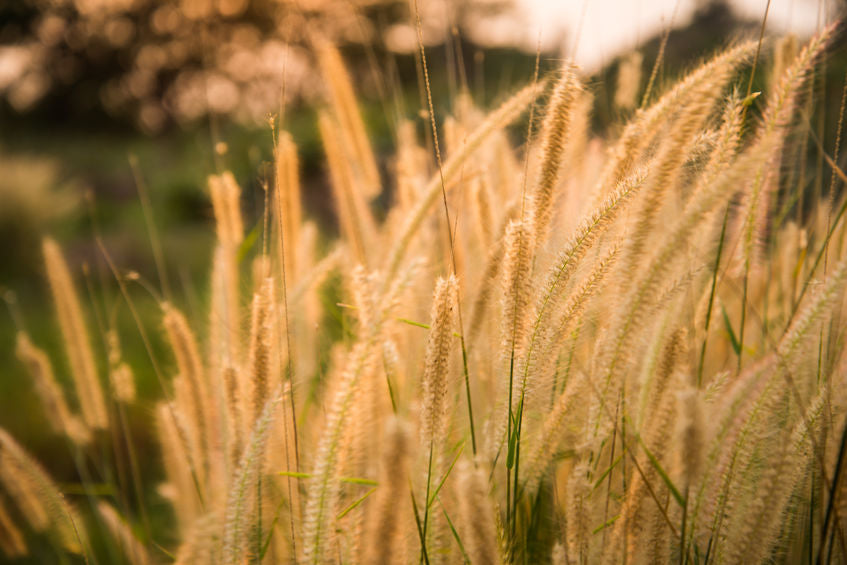
Cutting ornamental grasses
The structure of tall, distinctive ornamental grasses is a delight all winter long, as snow caps and hoarfrost decorate the stalks and flower heads, creating a winter wonderland. But now it's time for spring cleaning!
Continue reading
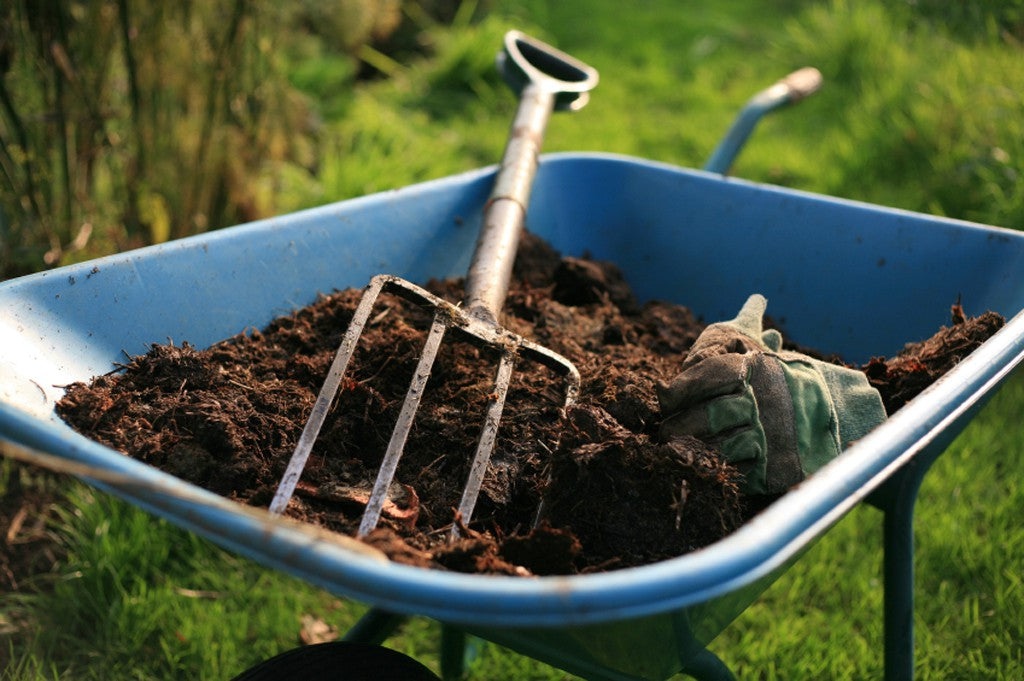
Tips for bedding success
Nothing comes from nothing! This also applies to your favorite perennials in the perennial bed. A good start begins with the purchase of plants. Make sure you buy quality! And without a certain amount of care and attention, it won't work. In return, the plants will reward your efforts with health...
Continue reading
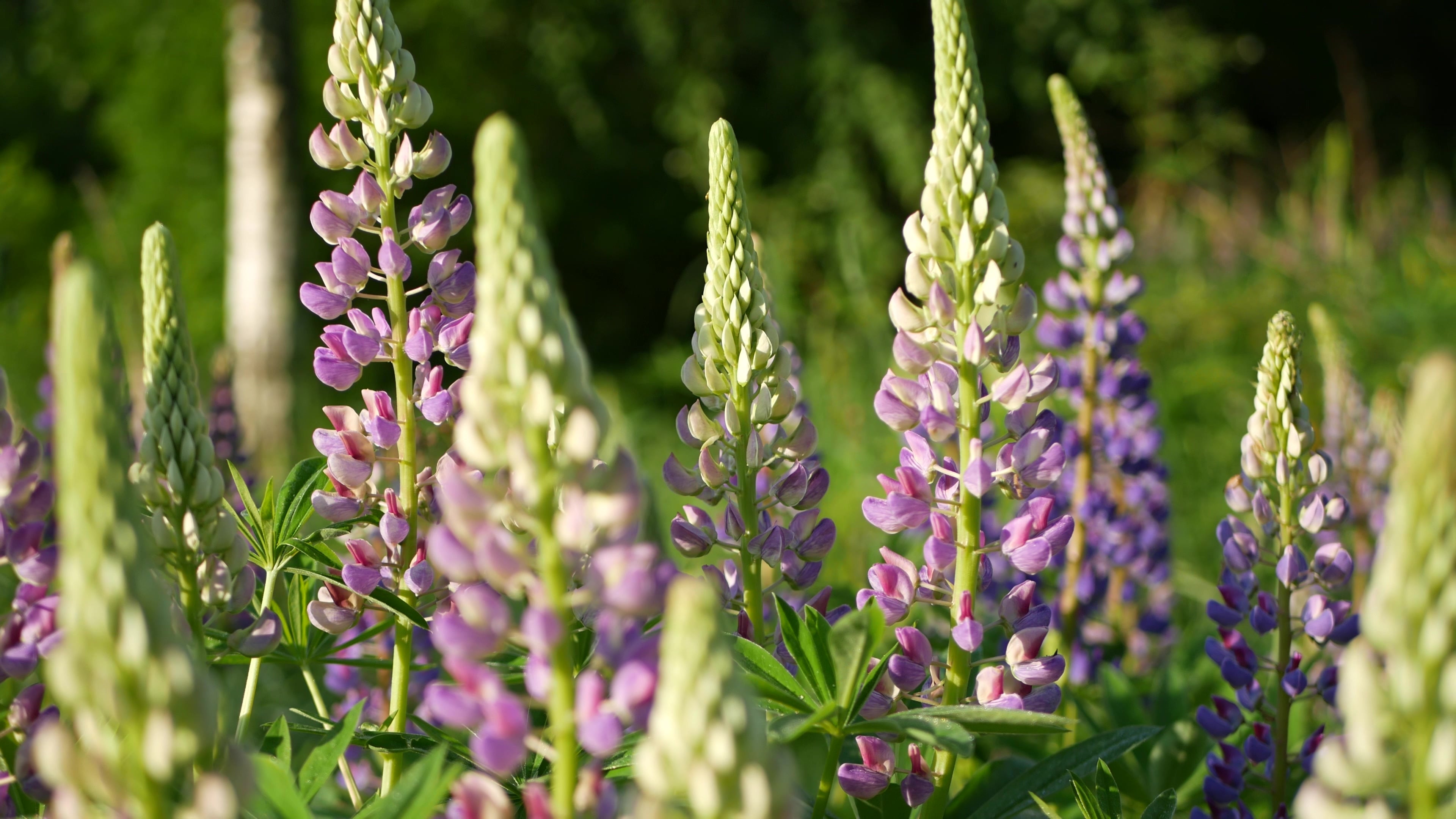
Planting perennials
Transplanting or creating new perennial beds is stressful for the plants. Therefore, timing is extremely important for perennials. If you relocate or plant your perennials during their active or growth phase, for example, you risk significant disruption. In the worst case, the plant may not recov...
Continue reading
